Marisa Wojcik:
Welcome to Noon Wednesday. I’m Marisa Wojcik, a multimedia journalist with Here & Now on Wisconsin Public Television. On Monday, Governor-elect Tony Evers announced the new panel for public safety and criminal justice reform. It’s an advisory council and Evers has said that criminal justice reform is bipartisan issue, and he feels pretty confident that changes can be made that both parties will agree to. So today we’re just taking a closer look at what Evers’ team has proposed, and trying to unpack a little bit of what might be possible for reforms in Wisconsin. So joining us is John Eason. He’s viewed to be Madison Associate Professor of Sociology and focuses on criminal justice reform, and John thanks so much for being here.
John Eason:
Thank you so much for having me Marisa.
Marisa Wojcik:
So to start, Evers has said that it is a goal to eventually cut the prison population in Wisconsin by half. That’s a pretty big number so is that possible?
John Eason:
I think it is possible, but I think we’ve decided as a country, not just in Wisconsin, all or many states have decided to increase incarceration. That didn’t happen on accident. Some people will try and say “oh it was a result of an increase in crime”, but many studies find that the relationship between incarceration and crime are somewhat. They’re not directly linked. Incarceration resulted for a number of reasons. A number of other reasons other than just crime so we decided to incarcerate a lot of people. And if in Wisconsin we want to decide to cut the prison population I don’t think it’ll happen next year. If we want to cut it in half, I can see that being done over the next 10 years or so.
Marisa Wojcik:
So some of the reforms that have been proposed are fixing the parole system, ending crimeless revocations, banning the box, mandatory minimum sentencing or ending mandatory minimum sentencing, increasing drug treatment, resort of justice, all of these things. Are there any one in particular that can gain the most traction and would make the most difference?
John Eason:
I think that research over time can help, as these policies are implemented, can help inform which policies are working and which policies are working the best. But I think that’s a very ambitious list and I think that all of those reforms are needed, but if I were to prioritize I might start with the crimeless revocations and trying to shut off recidivism trying to end the revolving door. So I think recidivism and going after recidivism is a great to start to chop away the rate of incarceration.
Marisa Wojcik:
And Wisconsin has pretty high rate of recidivism.
John Eason:
Yes, yes. Nationally you do rank above the average. I think some of that is also it speaks to your disproportionate rate of incarceration for African Americans in particular, so I think you have a higher rate of recidivism along racial lines which helps produce that high number of incarceration.
Marisa Wojcik:
Do certain things like our parole system and minimum sentencing? Are those an important piece in that recidivism discussion?
John Eason:
Well the minimum sentencing in the recidivism conversation is important, but also on the front end before people even go in to prisons, so the mandatory minimums that’s sort of what introduces people into the criminal justice system. So it gets a lot of people in the front door to criminal justice, the justice system, as well as the back door. I think that can make that the so called revolving door of criminal justice it could put an end to some of that.
Marisa Wojcik:
Is the state going to be better off focusing on reducing that disproportionality along racial lines for incarceration, or reducing the overall population?
John Eason:
So the disproportionality, this is a difficult one because there are sinister ways to reduce disproportionality and I think your state is one of the states that is actually maybe doing this inadvertently. So rural communities are suffering from incarceration at a higher rate in Wisconsin, and rural whites in particular are going to prison more. So if things continue as they are, that disproportionality may take care of itself. I would actually focus on making it so that people aren’t going to prison period. And I think that the focus there should be on investing in people in communities and in community contact. So rural communities and urban communities that have a lot of disadvantage, a lot of poverty and stigma and a lot of that stigma is racialized whether it is white or black communities. Those communities need support that I think are listed in Evers’ plan. The issue would be because they focus more equity, issues of equity in justice, the issue will be getting that through the republican controlled house and senate given that many republicans the right on crime movement is mainly about is a fiscally conservative movement, so it’s more concerned about spending. Right? And we don’t have clear links between equity, so reducing racial inequality how that costs money and if those arguments aren’t made in a way that certain people can understand them then it won’t translate in a policy. And I’m not saying those arguments even need to be made. I think there’s a different moral issue around equity. Is it fair that people are brought up in even similar circumstances if you have white and black or even Latinx people brought up in similar circumstances that your race still will determine whether or not you go to prison? I think those are issues that are much broader than fixing the back end or front end of prisons or prison reform. I think Evers has a plan that tries to dress people’s humanities. So banning the box. That means making it easier for people to get employment I think we need to expand. Expanding voting rights even though people can work here if the petition after they’re on probation. I think we need to think about full citizenship for people who have had criminal justice contact. So that means employment, housing in the like, and I think Evers’ plan addresses many of those.
Marisa Wojcik:
Turns to get a lot of stuff done.
John Eason:
The issue once again how much is that the republican control.
Marisa Wojcik:
It’s hard to put a price tag on that. But he references reforms made in Texas which is a state that has high rates of incarceration, but also has high rates of conservatives and republicans. And so how does the reforms in Texas kind of compare to Wisconsin’s?
John Eason:
So I think this is where the racial divide is good. So Texas, the rate of incarceration for everyone in Texas is really high. And Texas is well above the national average. The other side of this is Texas has built the most prisons, so they have the most capacity to house people who are incarcerated. Wisconsin is second I believe only to Vermont in terms of their disproportionate rate of incarceration. So while Wisconsin doesn’t have the rate of incarceration that Texas does, it has about three times the disproportionality. So this inherently is going to be any reforms need to address the disproportionality, but given how the state operates the racial politics I think Texas has more bigger coalition between black, Latin x, even LGBTQ communities that have engaged in prison reform. They also have more a higher immigrant community. So there are a number of different communities that are fighting against incarceration, and can inform through their own human stories and personal experience and form a movement to push back against the state. And here it may be more just about brass tacks because there’s so few people of color and there’s so few advocates who are saying this is just sort of a moral imperative. And this would ultimately be I think reducing mass incarceration would be about racial equity and that’s tough to make in a state like this. So using the Texas model,
Marisa Wojcik:
It may not work for us.
John Eason:
It may not work exactly.
Marisa Wojcik:
And you mentioned Texas has the ability to have a high capacity of prisoners. So do you build more jails or do you reduce the number of jails?
John Eason:
I think you only have about 20 prisons. Texas has like six times as many. Texas has 120 prisons right? So mass incarceration is your average daily population in your prisons and jails. And so I believe here in Dane County within the last couple of years there’s been some debate about whether or not to replace an older facility. A jail facility right? Because it has inhumane conditions. So there are good left leaning liberals who are like this is inhumane should we build another jail. But if you build another jail often what’s done is they’re built in a way to fill capacity because you need to be able to pay for the new jail. These are very tough questions because if you have older facilities that need up keep or replacement that’s going to cost more because you don’t necessarily want to house prisoners in inhumane conditions. Right? So these are very tough policy issues, and it’s good that Evers’ has come in with a platform where he’s sort of thrown a kitchen sink approach to it. I think he’ll have to expand the list of potential ways to solve these problems because it may require new and different facilities, or new and different ways to think about prison reform. So reentry and treating a whole human as they come out of society. Does that begin once they’re released? Or do we need better facilities?
Marisa Wojcik:
While they’re there.
John Eason:
While they’re there. So how are we going to spend money in this state? Especially the fiscally conservative nature of the legislature and people wanting to see immediate tangible results when some of these things will take decades to bear fruit. But it’s not like we got here overnight. The US went from incarcerating a million or so people a year in 1970. Now we incarcerate two point two million people annually. So we lead the free world in rate of incarceration. We went from roughly 500 prisons in that time to now almost 1700. Those were conscious choices. If we want to remake our criminal justice system, we have to remake the whole thing. So we need to reform parts of it, but I think we need to remake it in a way in new and innovative ideas. I think this is a moral question and a question of budgets and money. If we’re going to save money and or our moral selves in the long run, I think we can’t have enough ideas and innovative resources and people at the table. We had a lot of different people who came together to create this many people going to prison and to create this many prisons and jails. If we’re going to remake that system, we’re going to need all hands on deck.
Marisa Wojcik:
Is there any state or any model in which they have incorporated integrative services and community based services and drug treatment programs and all of these things that are about the long haul, but also could be seen as having a higher price tag in the upstart? Is there anything to show that those work or that they are eventually cost effective?
John Eason:
I think the programs haven’t been running long enough, but I think there a number of states New York, New Jersey, California is doing a great job. They have county level services focusing on reentry and reducing recidivism, so they’re putting a lot of money into this and targeting it in certain counties over others where they have more people who are reentering. So I think it’s not just throwing money at it, I think it is a targeted smart way. You have to be very smart and there has to be more a broader base of research ideas that also inform this. I’m excited about coming to Wisconsin and learning about the public partnership between the university and the state capital, the historic Wisconsin idea. I think there has to be a lot more resources where we do research that actually comes out of the academy, and directly impacts policy. So I think to inform specifically locally within each county and city here, we can use national models to do that. But I don’t think these are one size fits all, and I think there are peculiar cultural things about Wisconsin. So even if you adopt a model, you’ll have to make sure it’s being sensitive or that it’s viable for the local community that you’re trying to apply it to. And I don’t think that criminal justice reform is just at the state level. I’m forgetting how many counties you have here.
Marisa Wojcik:
72.
John Eason:
72 counties. I think criminal justice reform is at the county level and below. There can be broad state level ideas of how to do this, but criminal justice reform as far as prisons, as far as jails cause counties run jails. The state doesn’t run the jails. The state runs the prisons. There has to be a lot of coordinated efforts, and while the state can have suggestions around types of policies these have to be adopted and implemented at the county level.
Marisa Wojcik:
To get that buy in.
John Eason:
Yeah you have to get the buy in from local elected sheriffs and other local law makers who have to change policing. The whole system has to be reshaped.
Marisa Wojcik:
There’s a whole cultural shift that needs to happen.
John Eason:
Yes. It’s not just the structure it has to be a different idea, and we have to move back from the era of tough on crime which we haven’t gotten over that. There are still people who believe we need to be tough on crime, and having a restorative justice model where we have victims and offenders whose needs both need to be addressed. Those things we need to be considerate of and that’s best handled locally.
Marisa Wojcik:
Well John thank you so much. There’s so much to unpack here and I’m sure we’ll continue more conversations on this as we see more of these proposals come through from the new administration. So thank you so much for giving your advice on this.
John Eason:
Well thank you for having me. I’m very excited to be here and I hope I can come back and talk about this more. I hope this is a priority.
Marisa Wojcik:
Absolutely.
John Eason:
Thank you.
Marisa Wojcik:
Well if you want to see more from Here & Now and Wisconsin Public Television, visit WPT.org and thank you so much for joining us on Noon Wednesday.
Search Episodes
News Stories from PBS Wisconsin

Donate to sign up. Activate and sign in to Passport. It's that easy to help PBS Wisconsin serve your community through media that educates, inspires, and entertains.
Make your membership gift today
Only for new users: Activate Passport using your code or email address
Already a member?
Look up my account
Need some help? Go to FAQ or visit PBS Passport Help
Need help accessing PBS Wisconsin anywhere?

Online Access | Platform & Device Access | Cable or Satellite Access | Over-The-Air Access
Visit Access Guide
Need help accessing PBS Wisconsin anywhere?

Visit Our
Live TV Access Guide
Online AccessPlatform & Device Access
Cable or Satellite Access
Over-The-Air Access
Visit Access Guide
 Passport
Passport

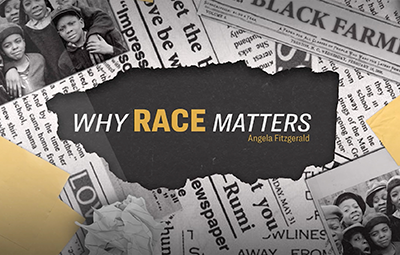
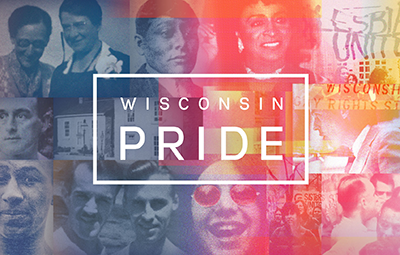
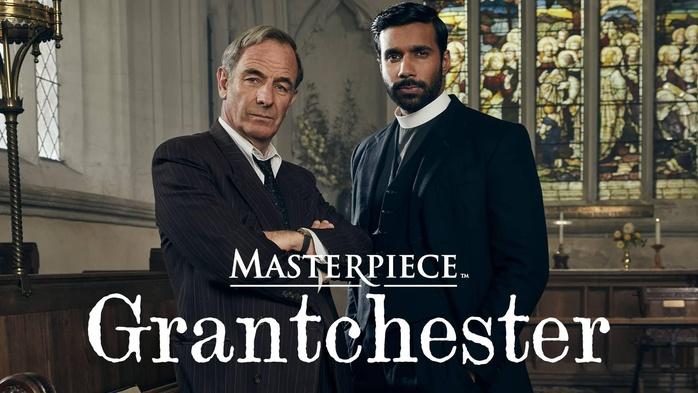



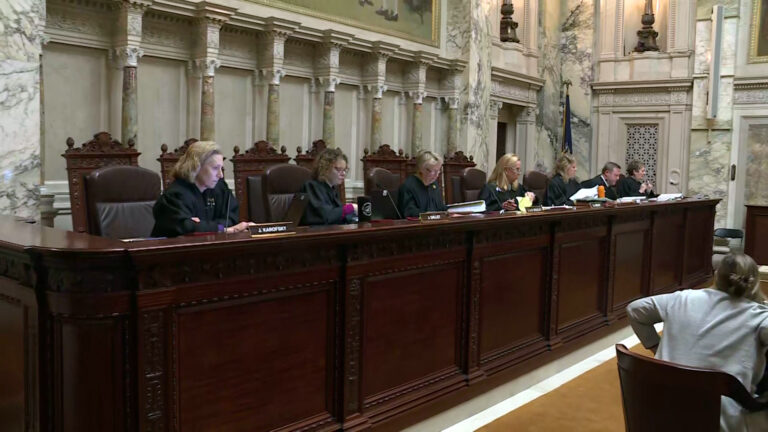
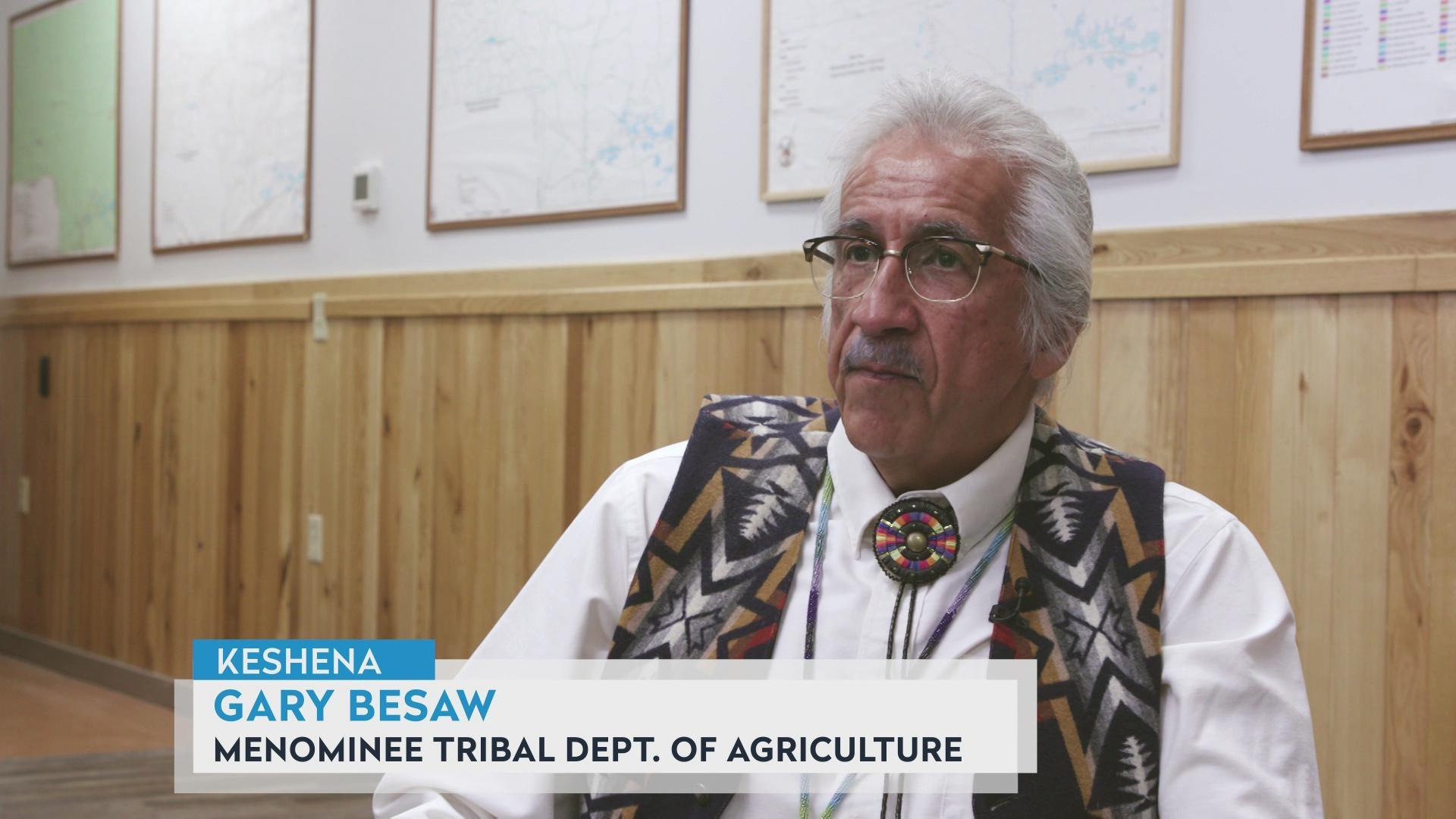
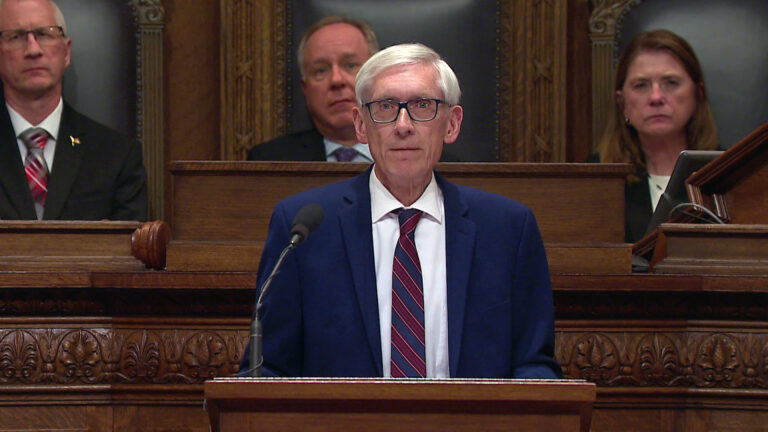
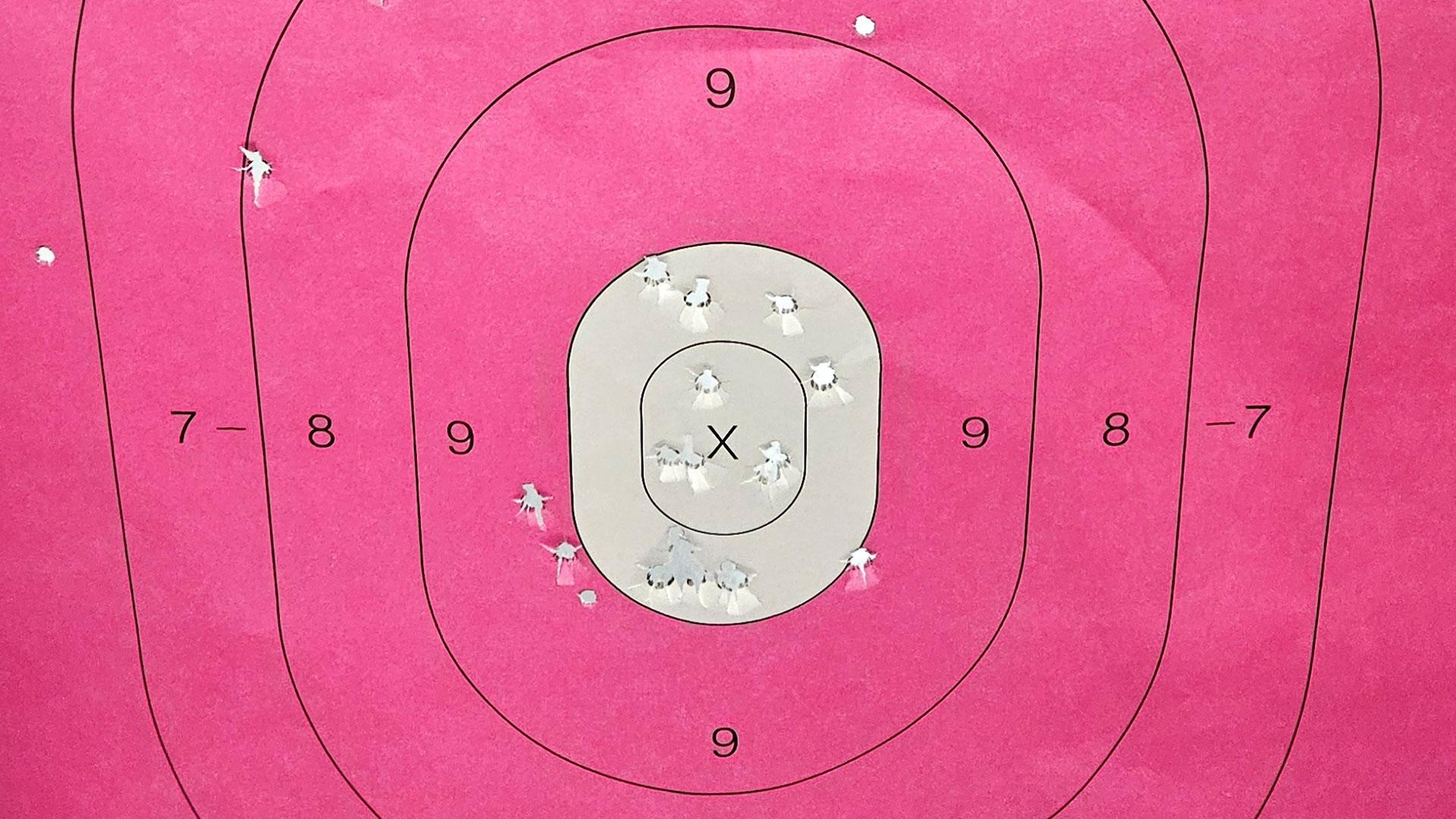
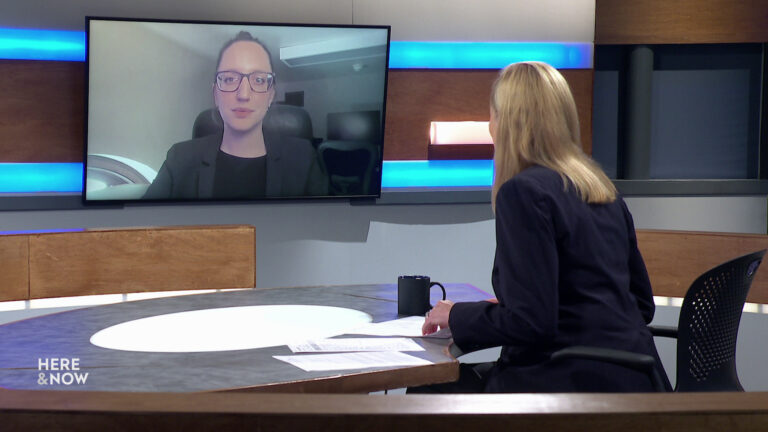
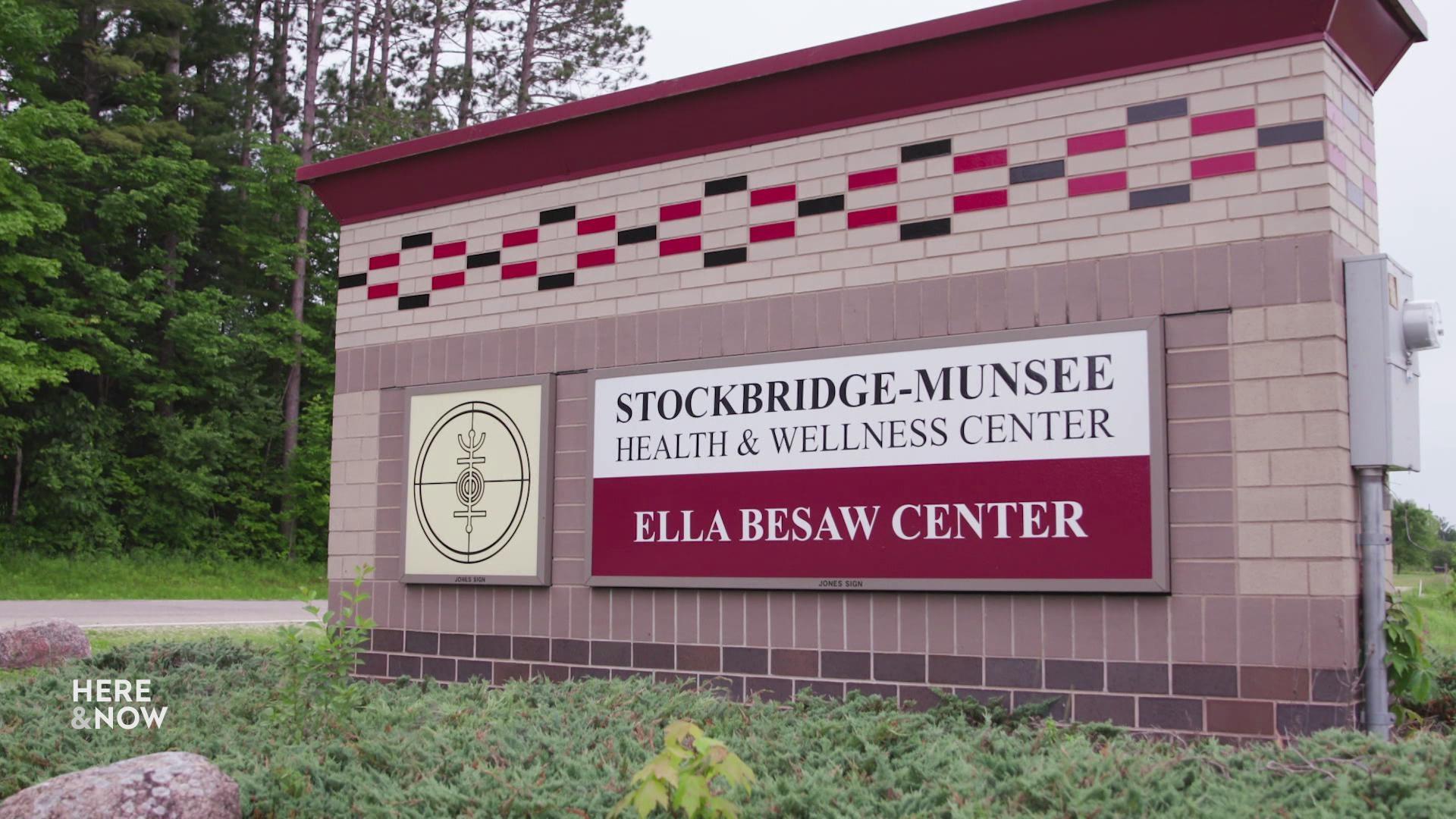
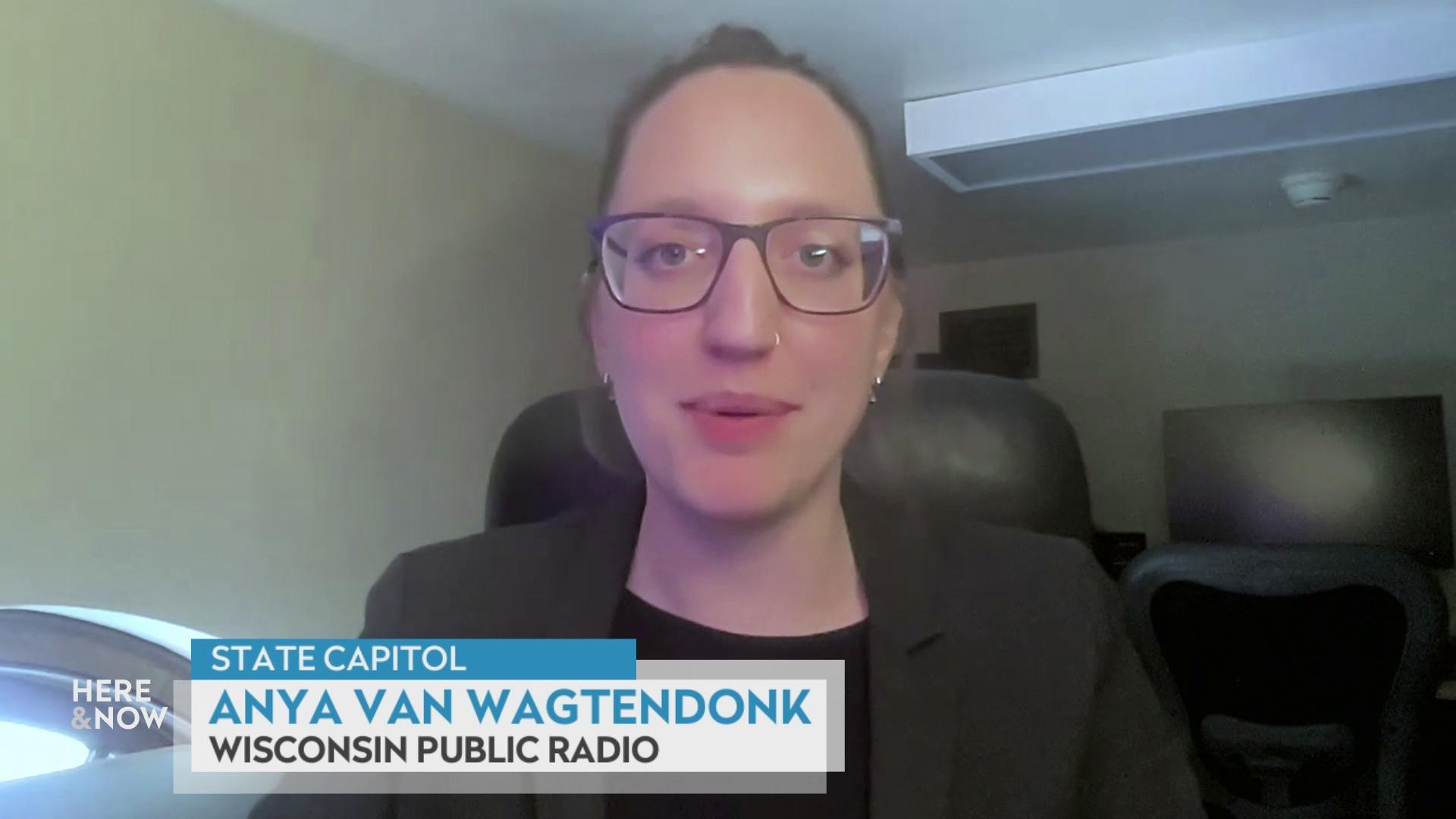
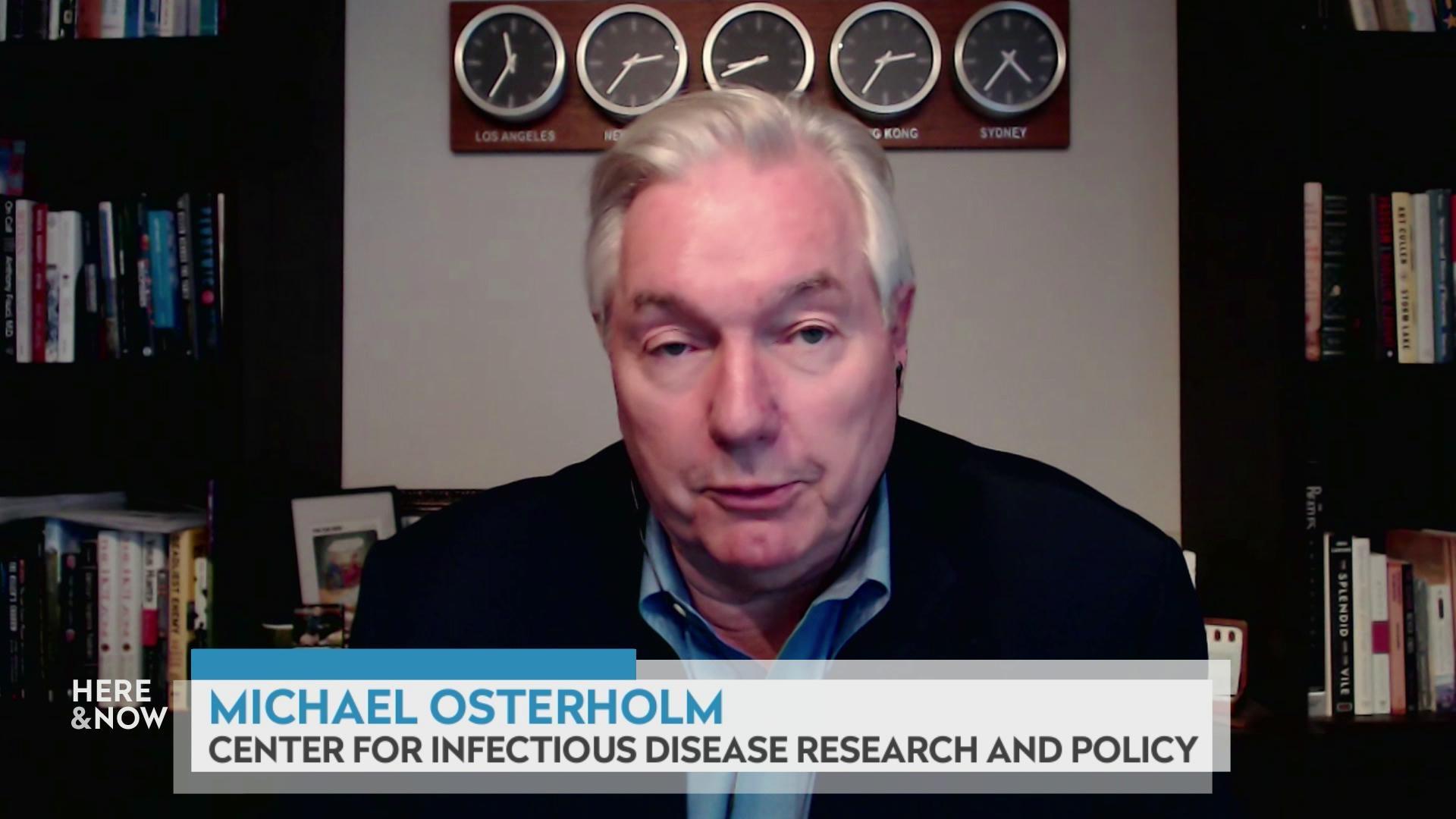
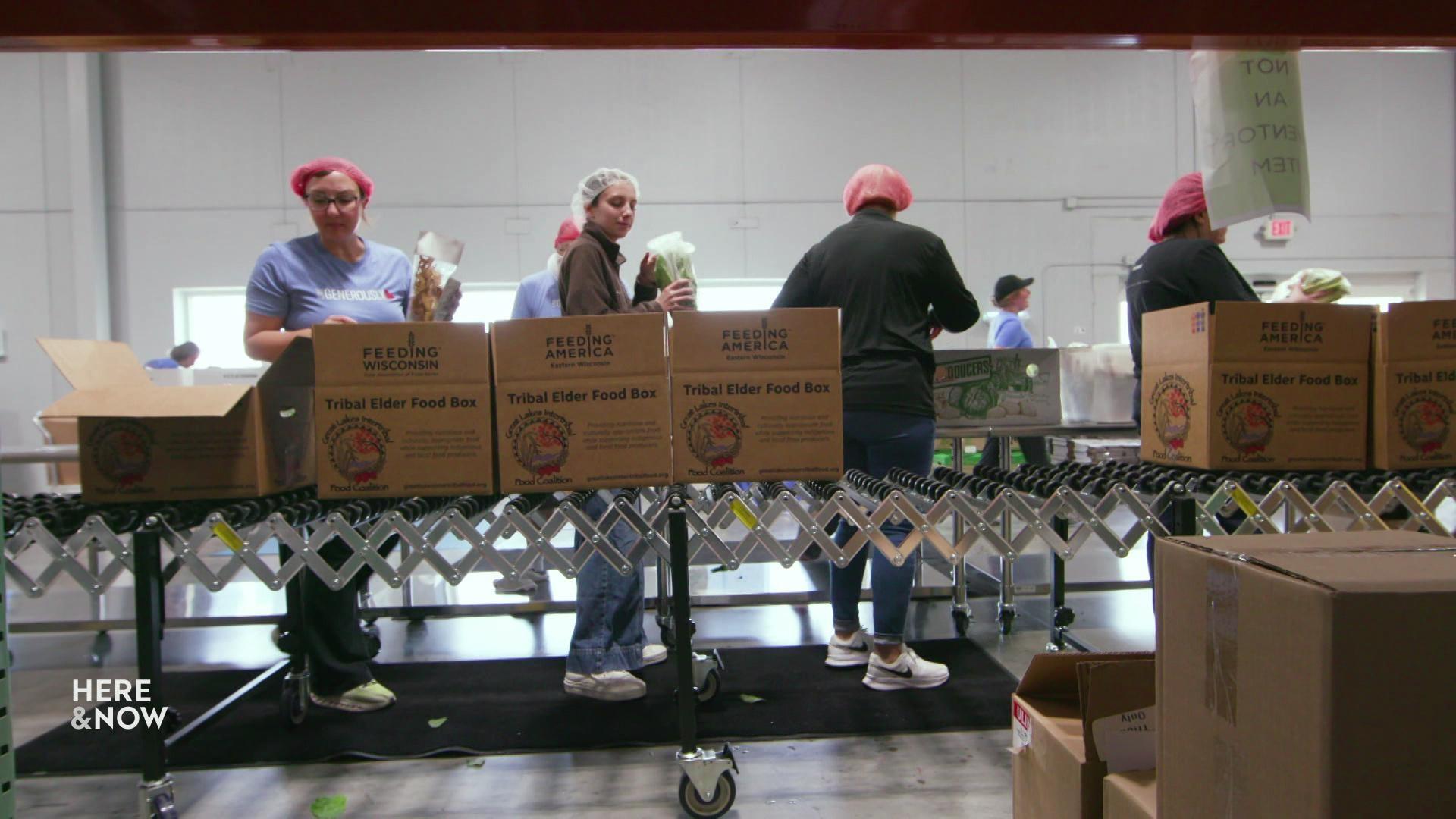
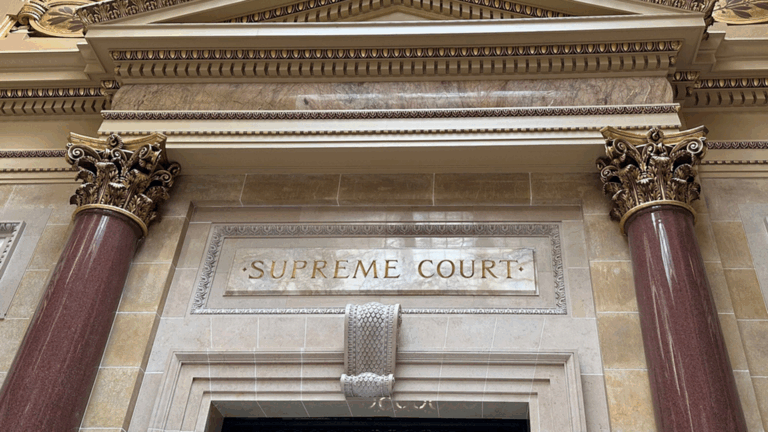

Follow Us